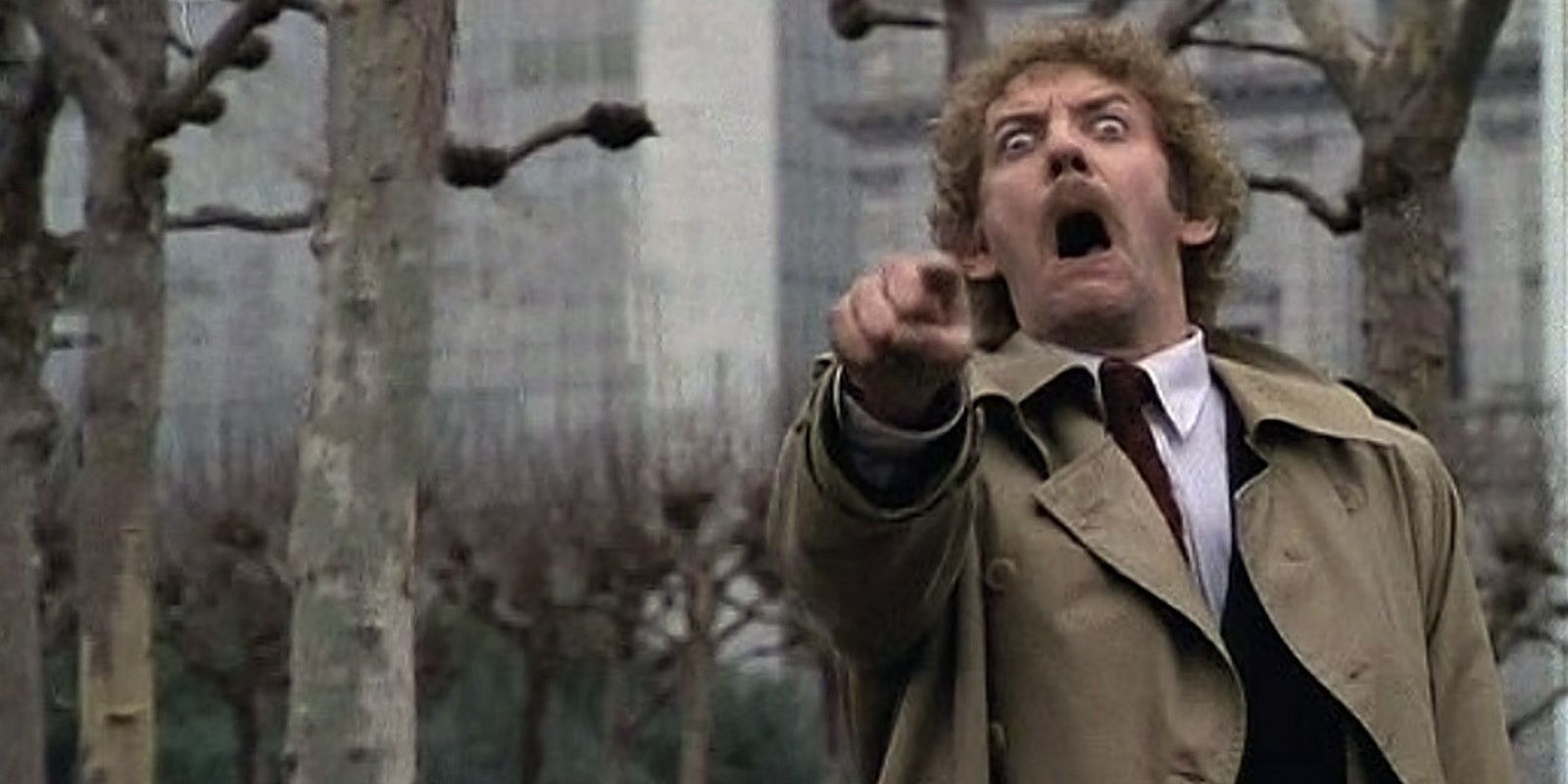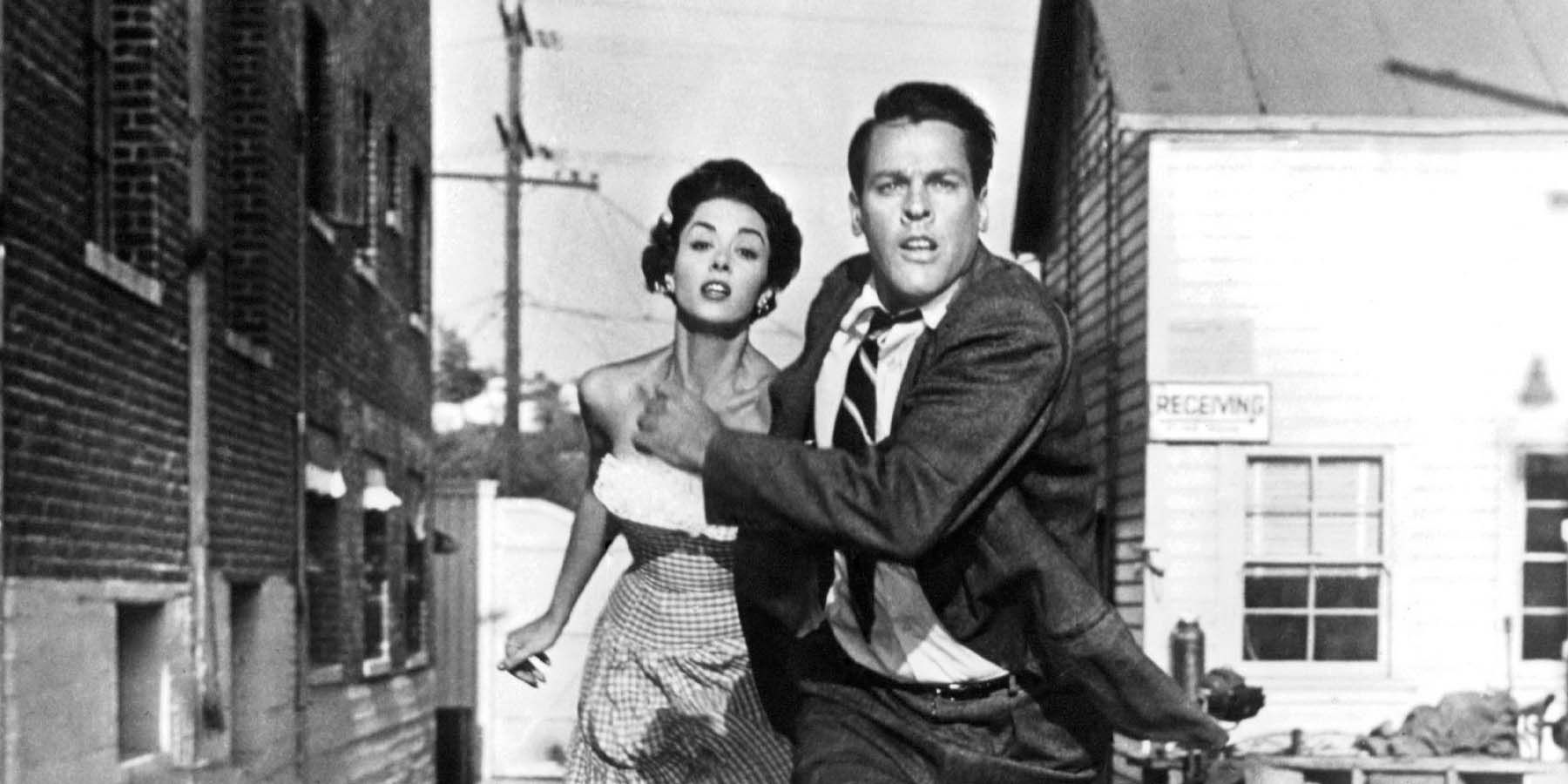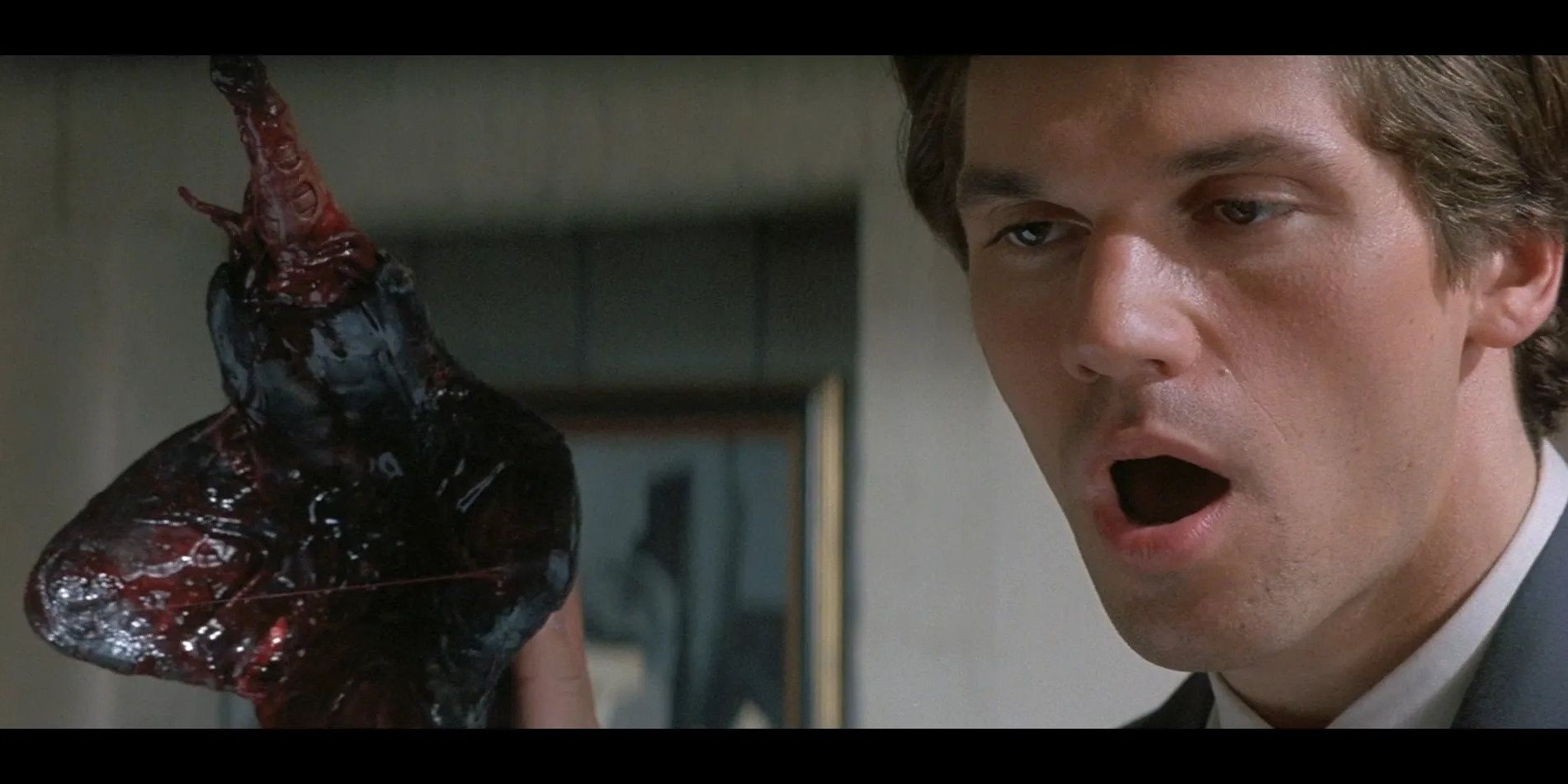Sometimes, a science fiction concept occurs in the mind of many authors at the same time. When enough creators of the same era come to the same conclusion, that unique anxiety can come to define the era. That's certainly the case with the paranoid 1950s and their deep-seated fear of being taken over by an unseen alien force.
Body Snatchers are a general term for a being capable of taking over the physical form of something else. This can take many forms, but, the process typically leaves the body intact and the mind tortuously aware of their nightmarish new fleshy prison.
Since the early days of the medium, one of the most common stories in science fiction is the alien invasion. It's the baseline space horror story. From War of the Worlds to Annihilation, the trend hasn't gone away, it's only gotten smarter. Back in the early days of the concept, aliens would come in military regiments to violently colonize Earth in an uncanny impression of European settlers. It often boiled down to a force with greater technology finally doing to the powerful what they'd been doing to non-white countries for generations. This story grew weaker over the years and new subversions of the alien invader had to emerge. One of the most common, at least during its 50s heyday, was the subtle invasion by extraterrestrial beings taking over the populace from within.
None other than the immortally controversial Robert A. Heinlein is credited with the invention of the Body Snatcher trope. Written in 1951, Heinlein's novel The Puppet Master tells the tale of an American clandestine organization as they attempt to stop the onslaught of body-snatching slugs from Saturn. Anyone with a solid familiarity with Heinlein's work can guess where it's going. The hypermasculine lantern-jawed hero, the beautiful red-headed heroine, and the cantankerous old genius are all in place as expected. This novel represents in its backstory the evolution of alien invasion sci-fi, proposing earlier flying saucer sightings as reconnaissance before their body snatchers strike. Also common to Heinlein, the novel is as much a political polemic as sci-fi horror. There's some truly blisteringly unpleasant violence directed towards a force he repeatedly compares to his ideological enemy. This trend will not go away.
Three years after Heinlein's violent anti-communist screed vaguely disguised as a sci-fi spy novel, the work that would name the trope hit store shelves. Jack Finney's The Body Snatcher is both the film that would codify the concept and a unique work in its own lineage. Finney's 1954 novel sees spores descend from the skies to form pods that perfectly replicate sleeping humans. The clones come complete with the subject's looks, scars, and even their memories, but they cannot experience emotion. The clones also can't reproduce and age rapidly, dying out in around five years. The fear here is not a complete global takeover, it's environmental devastation. If left to their own devices, the spore-based clones will die off and leave Earth to descend into disaster. Rather than the typical violently individualist anti-communist messaging, Finney's aliens make explicit reference to white culture's treatment of natives. And, rather than the typical nightmarish ending, Finney's clones realize the error of their ways and leave the planet. It's a strange story, but, it's also not the version most people are familiar with.
Jack Finney's novel has been directly adapted to the big screen four times with two additional loose adaptations by different titles in the modern day. The classic 1956 iteration changes several details from the book and has served as the basis for most other takes on the text. The pod people share their origin but often represent more vague goals. The Body Snatcher trope is, like many great horror concepts, explicitly political. Among horror tropes, however, it may be one of the least consistent in its interpretation. As it was so terribly common in the 50s, many chalked it up to an example of the comical fearmongering around communism. Heinlein certainly saw the concept of Americans having any belief other than his own as the evilest thing he could imagine, but later versions didn't necessarily follow the same trend. Some argue that the 1956 film adaptation was actually a critique of McCarthyism, depicting 50s America as violently oppressive of individuality. Regardless of its on-the-nose subtext, Body Snatchers were the flavor of the time.
In the modern day, most Body Snatchers films are reinterpretations or remakes of existing material. Most space-faring sci-fi stories feature one or two species that live by similar rules. Stargate has the Goa'uld; snake-like aliens that enter at the base of the spine and take over a host's mind. Star Trek II: The Wrath of Khan featured the Ceti eel that alters its host's mind. Though it's rarely the focus of any given sci-fi work, Body Snatchers are still common to the narrative. The political message of the trope might have died off, but the concept of a being that can take over a person's mind and take on their life remains terrifying to audiences over seventy years later.



